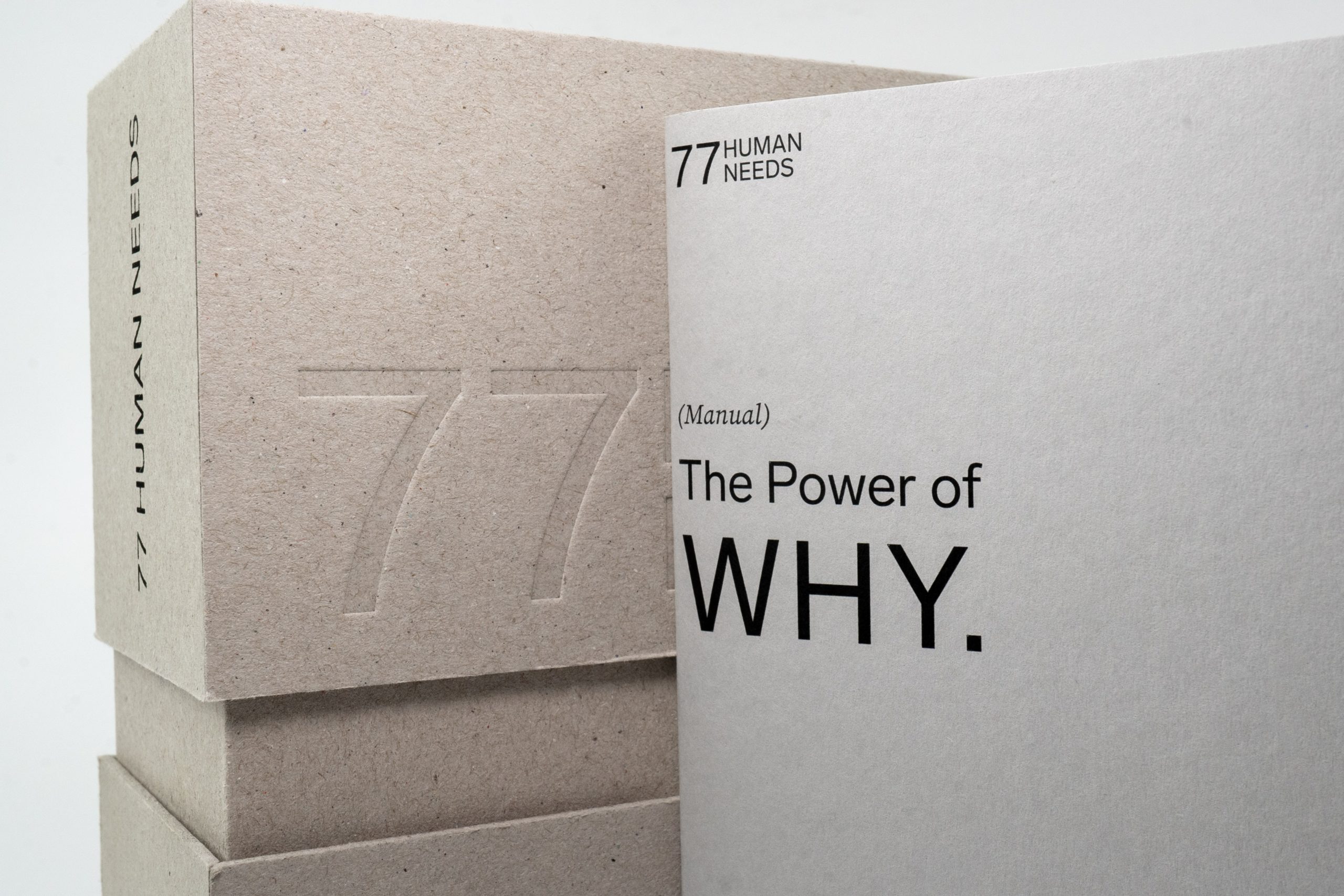
The Power of Headlines in Writing

Many features can make or break the power of headlines to draw in a reader.
Length Matters
Google usually displays 50-60 characters of a headline, so, regardless of a headline’s length, the beginning needs to be compelling. In general, for English-language headlines, 60-100 characters is the ideal range depending on where your headline will appear.
To break it down further, don’t exceed 34 character in an email headline. This is the number of letters and spaces that will be visible on a mobile phone. Because 55% or more of people read email on phones, they won’t see the rest of the headline.
Facebook headlines should be around 40 characters, Twitter, 71-100 characters, and LinkedIn can range from 80 to 120 characters.
The Numbers Game
“10 Ways to Conquer Your Phobias”
According to many surveys, putting a number into your headline makes it more attractive. Some surveys say that 10 is the most popular number; other claim that it’s 7.
Numbers make it appear that the article will provide straightforward and practical information, i.e., a “how-to” feature.
I don’t, however, recommend a title that reads something like “101 Things You Must Do Immediately in Order to Succeed.” The reader knows that she or he is never going to do 101 things immediately and will feel that reading the article will be a) pointless or b) frustrating.
Use Emotional Words
Below is a list of some of the most successful emotional words used in headlines.
- Free (always a hit)
- Fun (Who doesn’t want to have fun?)
- Must-have (What must I have?)
- Effortless (I need some of that)
- Special Offer (always tempting)
- Last Chance (even more tempting)
- Approved (that sounds legitimate)
You can see a long list of emotional words at https://media.coschedule.com/uploads/180-Emotional-Words-List.pdf
Emphasize the Practical Nature of the Information
Words like “lessons,” “reasons,” “secrets,” “key,” and “trick” are especially successful when combined with a number. “10 Secrets to Transform Your Marriage” could be an effective headline.
I don’t care for the word “hack,” as in “life hacks,” but it deserves to be included here.
Make a Factual Claim
Avoid clickbait, which is an incongruent headline. Clickbait refers to content that deliberately misrepresents or over-promises something. It can be used to entice someone to click on a link that will take them to a web site.
When used in headline content, it attempts to induce someone to read the article.
Readers feel tricked by clickbait. I wouldn’t write a headline that said, “Let Us Teach You How to Become Irresistible.” You can’t deliver on that promise.
“I Can Teach You How to Plant a Beautiful Garden” or “I Can Help You Cut Your Cooking Time in Half” make reasonable claims for people experienced in these respective areas.
Study the Power of Headlines
How better to use your time while you’re waiting on a supermarket checkout line than to scan magazine headlines? I recall my children reading the bizarre headlines In wonderment. “Mommy, are there really aliens in New Jersey?”
Although I don’t advocate using these kinds of headlines, It Is worthwhile to study the ones that create curiosity.
Also, look at Facebook and LinkedIn headlines to focus on the ones that attract you.
Then practice. Ask others to rate your headlines. It can take time to capitalize on the power of headlines, but it’s time well spent.
Pat built a service business assisting attorneys with cases involving medical issues. After growing that business to a multi-million dollar one, after 25 years, she sold it in 2015 and now devotes her time to mentoring, writing and editing. Get tips for polishing your writing style and gaining business through the material you write: Listen to Writing to Get Business Podcast on the C Suite Radio platform.
Reach her through Patiyer.com|Do you have an amazing business success you want to share? Pat Iyer has worked with experts helping them share their knowledge since she first began writing and editing books in 1985. Pat Iyer has written or edited over 800 chapters, books, case studies, articles or online courses. She delights in assisting people to share their expertise by writing a book. Pat serves as a developmental editor and ghostwriter.
Pat built a service business assisting attorneys with cases involving medical issues. After growing that business to a multi-million dollar one, after 25 years, she sold it in 2015 and now devotes her time to mentoring, writing and editing. Get tips for polishing your writing style and gaining business through the material you write: Listen to Writing to Get Business Podcast on the C Suite Radio platform.
Reach her through Patiyer.com|Do you have an amazing business success you want to share? Pat Iyer has worked with experts helping them share their knowledge since she first began writing and editing books in 1985. Pat Iyer has written or edited over 800 chapters, books, case studies, articles or online courses. She delights in assisting people to share their expertise by writing a book. Pat serves as a developmental editor and ghostwriter.
Pat built a service business assisting attorneys with cases involving medical issues. After growing that business to a multi-million dollar one, after 25 years, she sold it in 2015 and now devotes her time to mentoring, writing and editing. Get tips for polishing your writing style and gaining business through the material you write: Listen to Writing to Get Business Podcast on the C Suite Radio platform.
Reach her through Patiyer.com
- Getting to Know Your Ideal Reader - July 19, 2021
- Why You Should Write a Book Proposal—Even If You Plan to Self-Publish - July 19, 2021
- Know When To Stop - April 19, 2021






